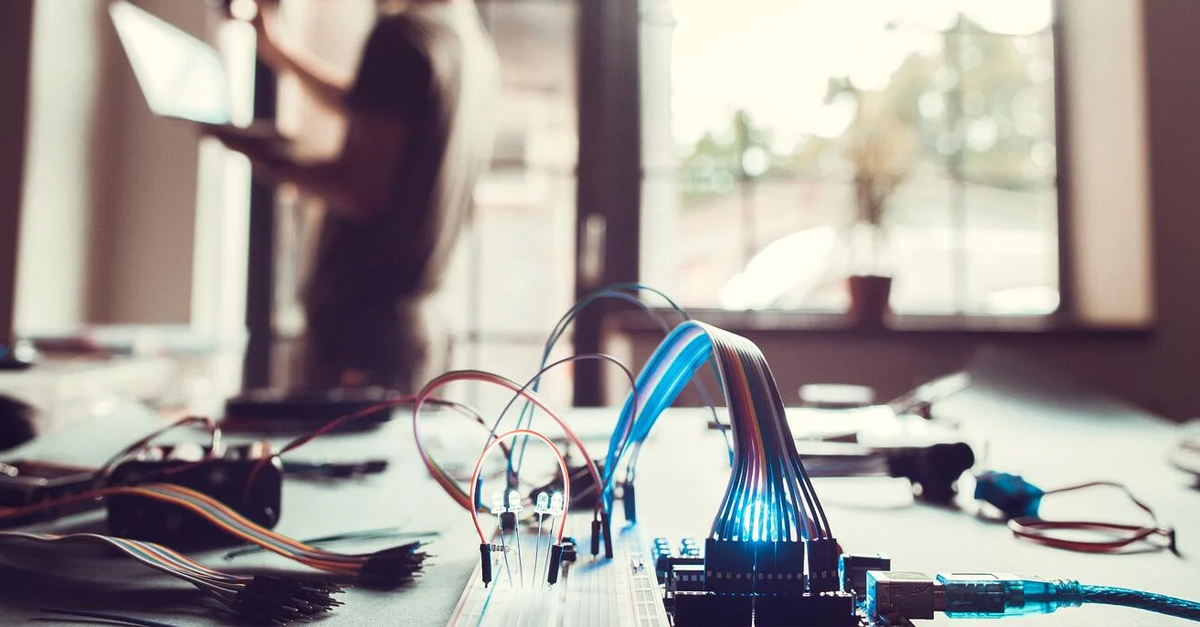I’ve always been interested in technology – I used to disassemble Walkmans, and try to put them back together – often making some minor adjustments which lead to a few screws being left behind! And at Uni, while studying industrial design, we often took apart technologies and tried to solve different problems – we had a challenge where we had to make a battery-powered device (back in 1999) to climb a rope 5 meters at an incline of 30 degrees (again I used a second-hand Walkman as the chassis!)
The technology obsession started early
In the early naughties, I was one of the first amongst my friends for being laughed at for having a bluetooth headset – I found it great that I had now two hands free to wave around while I talked instead of walking around wedging the phone between my ear and shoulder when I needed two hands to perform a task.
For the past three years I’ve had two devices (besides my smart phone) that I can’t live without – a Pebble Watch and a Plantronic Bluetooth headset [link] (people often think I’m talking to myself!).
IoT is not just for developers
I was really inspired by Steve Cox and his talk at UX Australia 2016 when he spoke about IoT (Internet of Things). I was inspired not so much because of the notion of connected devices (that’s old news), but more that a designer without programming skills could now play with and solve everyday problems using IoT without the need to write a single bit of code.
Listening to his talk, my mind started racing – I had so many ideas – the below are just a few:
- Make a sound or a light turn on at home to let my wife know I’m heading home
- Do something similar to the above when interstate to let my 7-year-old daughter know I’m thinking of her
- A fairy garden ‘thirsty’ meter – an LED strip wrapped around the vase that glowed different colours depending when my daughter last watered her ‘fairy garden’
- A button for my daughter to press when she was thinking of her friend (now living in the US) that would turn on a light / play a sound / send an email to her friend
So after some hunting around and a few reference sites from Stephen, I came across Seeed’s DIY IoT kit.
Ignoring the fact that the site’s English wasn’t the best (obviously a translation), I felt I had finally found my solution – this kit had a bunch of sensors and came with an app. The kit allowed for things to be built using it and IFTTT recipes, without writing a single piece of code.
I ordered it! Bang!
A week or so passed and I got very excited when the pack arrived in the office.


Just look at ALL those sensors,e.g. moisture sensor, light sensor, gesture sensor, just to name a few).






I set myself an MVP (Minimal Viable Product) challenge: when I pressed a button on one of the modules, it would send a pre-templated email to my colleagues (sitting next to me!).
This is where the disappointments began.
The challenges with the kit (from a designer’s perspective)
- The WIO-Link app that is used to drive the setup of the sensors is just not up to scratch.
- The Wi-Fi setup is clunky and inconsistent – I was constantly getting error messages [image a]
- Not all the modules have an image in the app making it hard to recognise the sensor / module that I needed to set up [image b]
- The Seeed website’s wiki that provides tips and tricks and user instructions was down and has been down for some time (while they migrate the content to another CMS) [image c]
- The IFTTT app that’s used to ‘program’ the sensor and make it do things also had issues.
- The dropdowns were rendered in a funny manner, giving the impression that the app was not stable [image d]
- The values that had to be entered to drive the sensors were vague and unclear (e.g. when pressing the button, the press state was defined as a 1 and non-press as 0)


- The IFTTT service itself had one major flaw – the recipes that are created often have a 15-30 minute lag time – i.e. the IFTTT server polls for recipes only every 15-30 minutes! This was probably the thing that made my endeavour redundant – there’s no point in my daughter watering her fairy garden to only see the lights changes after 15-30 minutes instead of seconds, or for me to let my wife know I’m coming home and for her to only notice the sensor (sound or light) telling her I’m coming home as I ring the doorbell.
I have always appreciated the amazing and complex work of software engineers – bringing technology to life – and even more so engineers that build software or hardware that’s easy to use and seamless . I also feel, with the prevalence of IoT and growth of DIY kits and home solutions (e.g. Philips Hue lights), the job of experience designers will be even more important – not so much to build IoT solutions but to design the processes and software required for these DIY kits to be easily used by everyday people.
In the meantime, I have parked the Seeed kit – I will continue to look for a more user-friendly and mature product. I haven’t given up on my ambition to build everyday IoT solutions that help my family and me live more efficient and fun lives – the possibilities are endless. And I praise Seeed for having attempted to help non-developers – hopefully if they read this blog, they’ll improve on their product.





